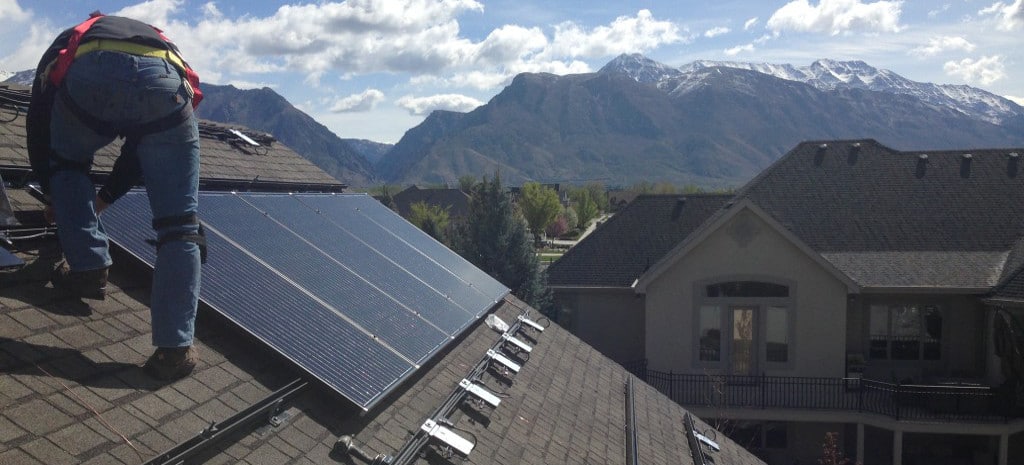Hey guys,
New to posting but this board has already been is a great resource. I'm interested in getting a system installed soon, likely 45 SunPower X22 panels, after some debate I thought the efficiency was great and space is limited. I'm now debating between the AC panels with Microinverters and DC with SolarEdge inverter/optimizers. The installer is saying both are the same cost and he's giving me a reduction on the AC panel price, in fact there's also a SunPower rebate this month for an extra $1,033 and the Microinverters are warrantied for 25 years unlike the SolarEdge inverters which are 10 years (I read you can buy an extended SolarEdge warranty for $250 each inverter = $750). Ultimately the DC system seems like it will cost me about $1,750 more between inverter warranty and loss of rebate.
Unsure on how accurate the above details are... but my larger worry is the AC panels mean SunPower monitoring which doesn't have the panel level detail. The installer did say SunPower will have the consumption detail though, which the SolarEdge monitoring will not have. (I read you can install a SolarEdge consumption meter fairly inexpensive to get SolarEdge to show consumption also, need to investigate more)
So please let me know your thoughts and suggestions. Paying an extra $1,750 seems high to get panel level detail but I've heard SolarEdge monitoring is much better overall, and without panel level detail you don't really know if there are issues with a panel. I'd also always heard the AC panels were more costly so this is a strange situation.
New to posting but this board has already been is a great resource. I'm interested in getting a system installed soon, likely 45 SunPower X22 panels, after some debate I thought the efficiency was great and space is limited. I'm now debating between the AC panels with Microinverters and DC with SolarEdge inverter/optimizers. The installer is saying both are the same cost and he's giving me a reduction on the AC panel price, in fact there's also a SunPower rebate this month for an extra $1,033 and the Microinverters are warrantied for 25 years unlike the SolarEdge inverters which are 10 years (I read you can buy an extended SolarEdge warranty for $250 each inverter = $750). Ultimately the DC system seems like it will cost me about $1,750 more between inverter warranty and loss of rebate.
Unsure on how accurate the above details are... but my larger worry is the AC panels mean SunPower monitoring which doesn't have the panel level detail. The installer did say SunPower will have the consumption detail though, which the SolarEdge monitoring will not have. (I read you can install a SolarEdge consumption meter fairly inexpensive to get SolarEdge to show consumption also, need to investigate more)
So please let me know your thoughts and suggestions. Paying an extra $1,750 seems high to get panel level detail but I've heard SolarEdge monitoring is much better overall, and without panel level detail you don't really know if there are issues with a panel. I'd also always heard the AC panels were more costly so this is a strange situation.



Comment